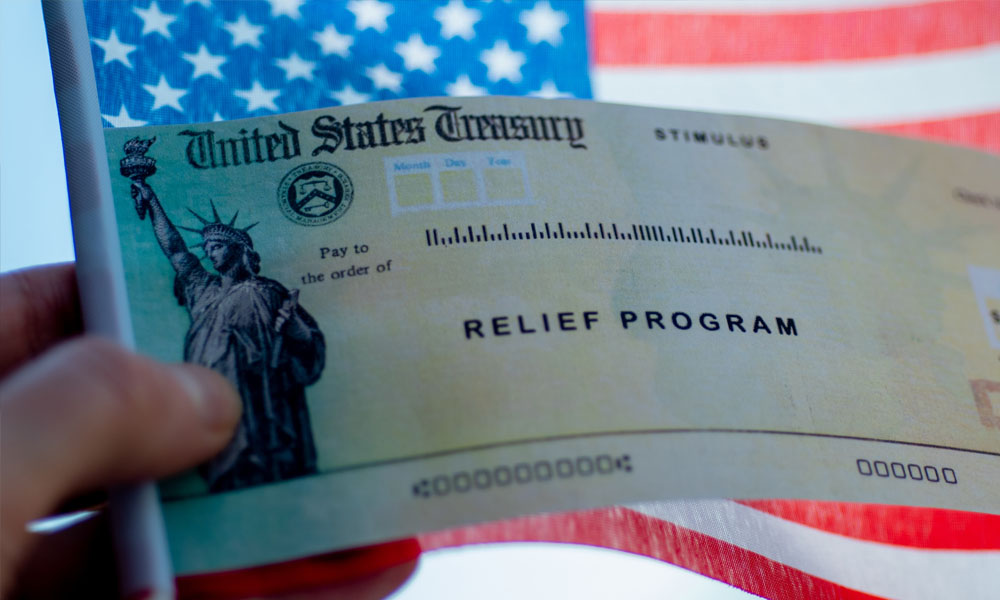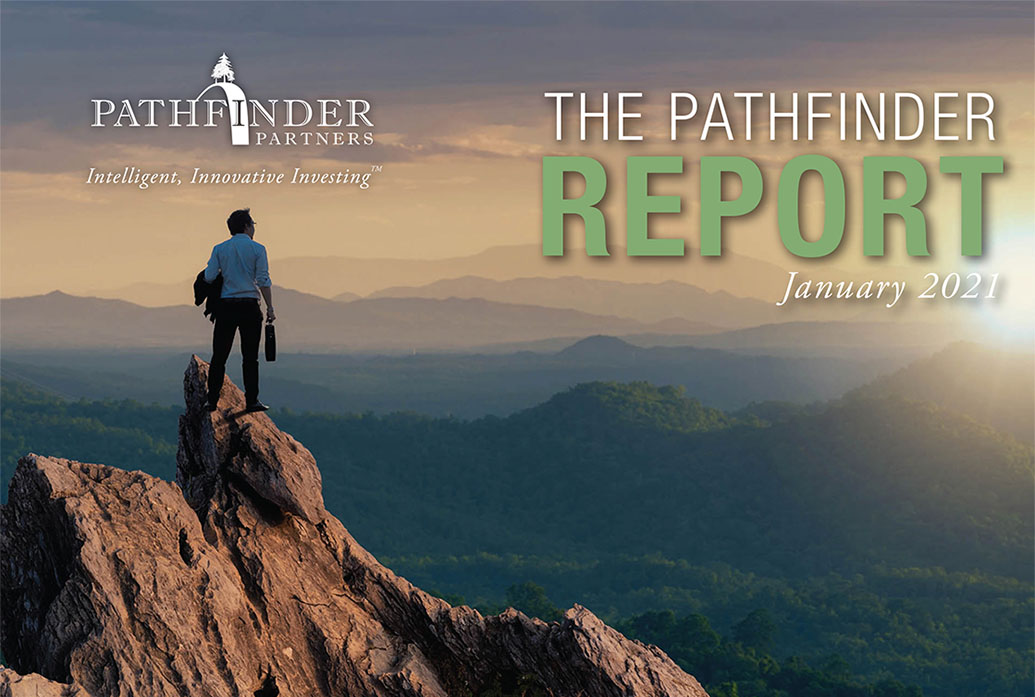Zeitgeist - Sign of the Times
A Sigh of Economic Relief
There was a collective sigh of relief when Congress finally passed a second economic stimulus package at year-end. The $900 billion package includes $286 billion in direct stimulus checks and enhanced unemployment benefits and $325 billion in funding for small businesses through the Paycheck Protection Program (PPP). In the smaller print, U.S. apartment renters and landlords will also receive much needed support in the form of a $25 billion rental assistance program. While this is a fraction of the estimated $70 billion in past due rent, it is the first offset to the national eviction moratorium in ten months.
 The CARES Act passed in March provided $150 billion for states to use for a variety of needs including rental assistance programs. States like Colorado created programs like the Property Owner Preservation Program (POP) whereby landlords could apply for rental assistance on behalf of tenants who were past-due on rent. This program took the burden off of struggling tenants and allowed landlords to navigate the system, ultimately making the program more effective. Meanwhile, many states did nothing and others had programs which were very hard to navigate, leaving the burden of rental assistance to community-based organizations like the Salvation Army and local church groups and non-profits.
The CARES Act passed in March provided $150 billion for states to use for a variety of needs including rental assistance programs. States like Colorado created programs like the Property Owner Preservation Program (POP) whereby landlords could apply for rental assistance on behalf of tenants who were past-due on rent. This program took the burden off of struggling tenants and allowed landlords to navigate the system, ultimately making the program more effective. Meanwhile, many states did nothing and others had programs which were very hard to navigate, leaving the burden of rental assistance to community-based organizations like the Salvation Army and local church groups and non-profits.
This batch of rental assistance is much more intentional. The Federal government will be establishing – for the first time ever – a rental assistance program to be administered by state and local governments. Every state will receive no less than $200 million and cities with populations of at least 200,000 can request their allocations directly. Jurisdictions are required to use 90% of the funds for rental payments. These programs will be instrumental in supporting tenants and landlords as we continue to navigate this economic crisis.
Apartments – A Look Back at 2020
When we entered lockdown last March, there were legitimate fears of a collapse in the apartment industry. In April, unemployment skyrocketed from 4.4% to 14.7% and a federal eviction moratorium followed. Landlords slowed renovation projects to conserve cash and discussed worst case scenarios with their lenders. As the pandemic progressed and stimulus money flooded the system, the industry experienced a reduction in collections and rental rates (although some sectors, namely class-B suburban apartments, fared better than others, like urban Class-A) but fears of a major collapse generally subsided. Other real estate asset classes including retail and hospitality, emerged as the most vulnerable to an economic depression. As we look back upon the apartment industry in 2020, it is worth noting a few interesting trends:
- Urban, gateway markets underperformed – San Jose, New York, San Francisco, Seattle, Washington D.C. and Boston top the list of worst performing markets with rental rates falling from -14% to -3%, respectively.
- Lower-cost suburban markets, especially warmer ones, outperformed – In California, San Francisco saw rents decline 9.4% while neighboring Sacramento and southern California’s Inland Empire saw rents increase 6.1% and 7.3%, respectively. Phoenix, Reno, Salt Lake City and Las Vegas also saw year-over-year gains.
- Technology is here to stay – If virtual leasing and 3D apartment tours were an emerging trend in 2019, the pandemic accelerated their growth and adoption and they’re mandatory now. The same goes for online tenant services (rental payments, maintenance requests, property manager communication, etc…).
- The cream rose to the top – Many apartment owners and managers, perhaps not nimble enough to navigate the rapidly changing environment, struggled with collections. While the overall average of rents collected by professionally managed apartments was about 94% through December, some operators drastically outperformed while others dramatically underperformed. When evictions – the prior go-to tool for landlords in enforcing rent payments – were halted, collecting rent became a daily operational grind and not all landlords were up for the challenge.
There is light at the end of the tunnel with a new President and the vaccine roll-out. Coming out of the pandemic, apartment owners will continue to need to be nimble.
Share this Article
